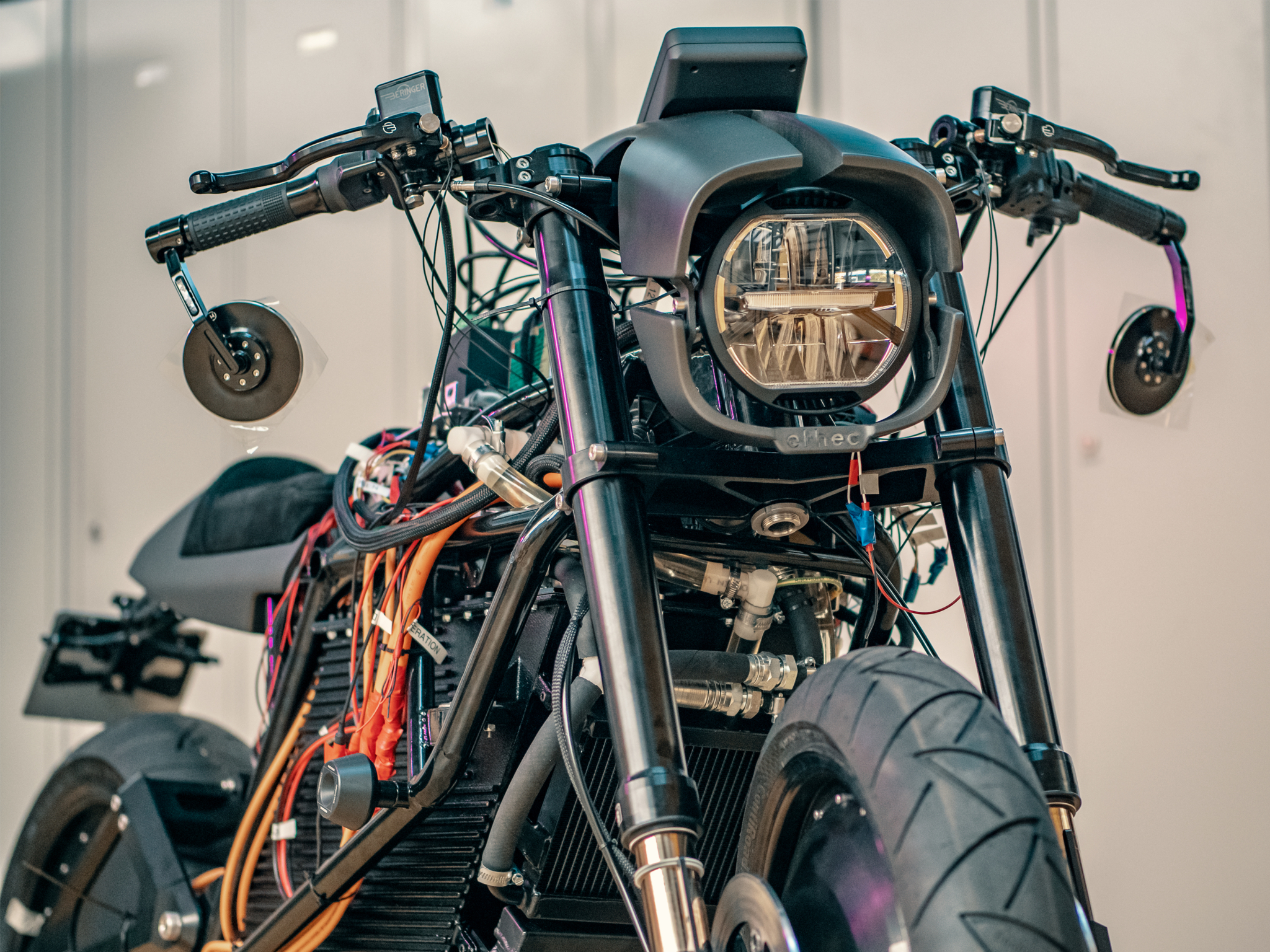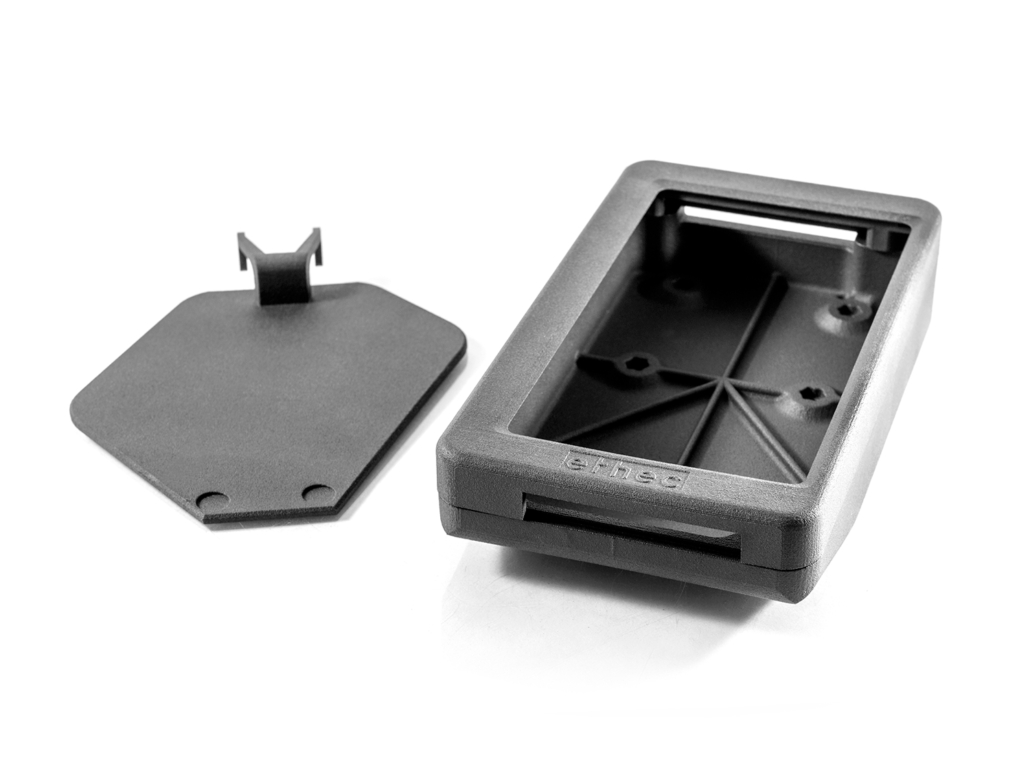A team of ten ETH Zurich students have used Sintratec 3D printing technology to design and manufacture a fully functional prototype of an electric motorcycle.
The ETHEC city project, which took just one year from concept to assembly, was reportedly motivated by the issue of environmental sustainability. Tobias Oesch, mechanical engineering student and technical lead on the project, explains: “If we want to address the problems of climate change, we have to make drastic improvements to our urban and suburban mobility. Motorcycles are more efficient than common cars, but we barely see all-electric motorcycles on our streets – that has to change.”

The future is two-wheel drive
In many of the rear-wheel drive motorcycles of today, up to 80% of the engine’s energy output can be lost during transit (this problem is usually concentrated at the front wheel). With respect to electric vehicles, which can be inconvenient to recharge mid-journey, this leads to significantly shorter ranges.
In response to this, the team quite simply decided to integrate an electric motor at the front wheel as well, resulting in a two-hub motor assembly. The second motor can be used as an additional generator to recuperate some of the movement and braking energy that would otherwise be lost to the environment, recycling it back into the system. Even with a smaller battery, it becomes possible to extend the range of the vehicle – in this case, to 315 km – and significantly improve its energy efficiency.
Oesch adds: “The ETHEC city is primarily a research prototype for us to investigate this recuperation method and thus improve the e-mobility sector in the future.”

3D printing to the rescue
Seeing as the motorcycle was a student project, both the budget and the schedule were tight. As a result, traditional manufacturing methods for many of the more intricate parts were out of the question so the team turned to 3D printing processes such as SLA and PBF. When Switzerland-based 3D printer manufacturer Sintratec caught wind of this, the company used its S2 SLS system to sponsor several components for the project such as the display casing and fuel filler flap.
Printed in PA12 nylon, the additively manufactured parts had to be both durable and lightweight. Oesch explains: “The quality of Sintratec’s products were extraordinarily precise with a very good surface quality. The display case in particular had to be durable enough to be protected against the weather, strong enough to sustain mechanical impacts, and also robust enough to be used without deforming it.”
The students also report being particularly impressed by the design freedom granted by the SLS process. Some of the parts were redesigned on the fly to allow for more complex structures, all while enabling several functions to be combined and consolidated into one part, further saving on production costs. The prototype motorcycle has now been assembled and painted, and the ETH team is currently in the process of applying the finishing touches.

Additive manufacturing has made its way into the automotive sector at an ever-increasing rate in recent years. Automotive manufacturer Continental AG recently installed a Stratasys Fortus 450mc FDM 3D printer at its Additive Design and Manufacturing (ADaM) Competence Center in Karben, Germany. The system has since been used to fabricate ESD-compliant components to prevent electrostatic discharges on the shop floor.
Elsewhere, household name Chevrolet recently announced that its motorsports division had raced over 80,000 miles this season in vehicles containing 3D printed parts.The components featured include 3D printed oil tanks, HVAC boxes, hydration systems, and headlight assemblies.
Subscribe to the 3D Printing Industry newsletter for the latest news in additive manufacturing. You can also stay connected by following us on Twitter and liking us on Facebook.
Looking for a career in additive manufacturing? Visit 3D Printing Jobs for a selection of roles in the industry.
Featured image shows Tobias Oesch and the electric motorcycle. Photo via ETH Zurich.



